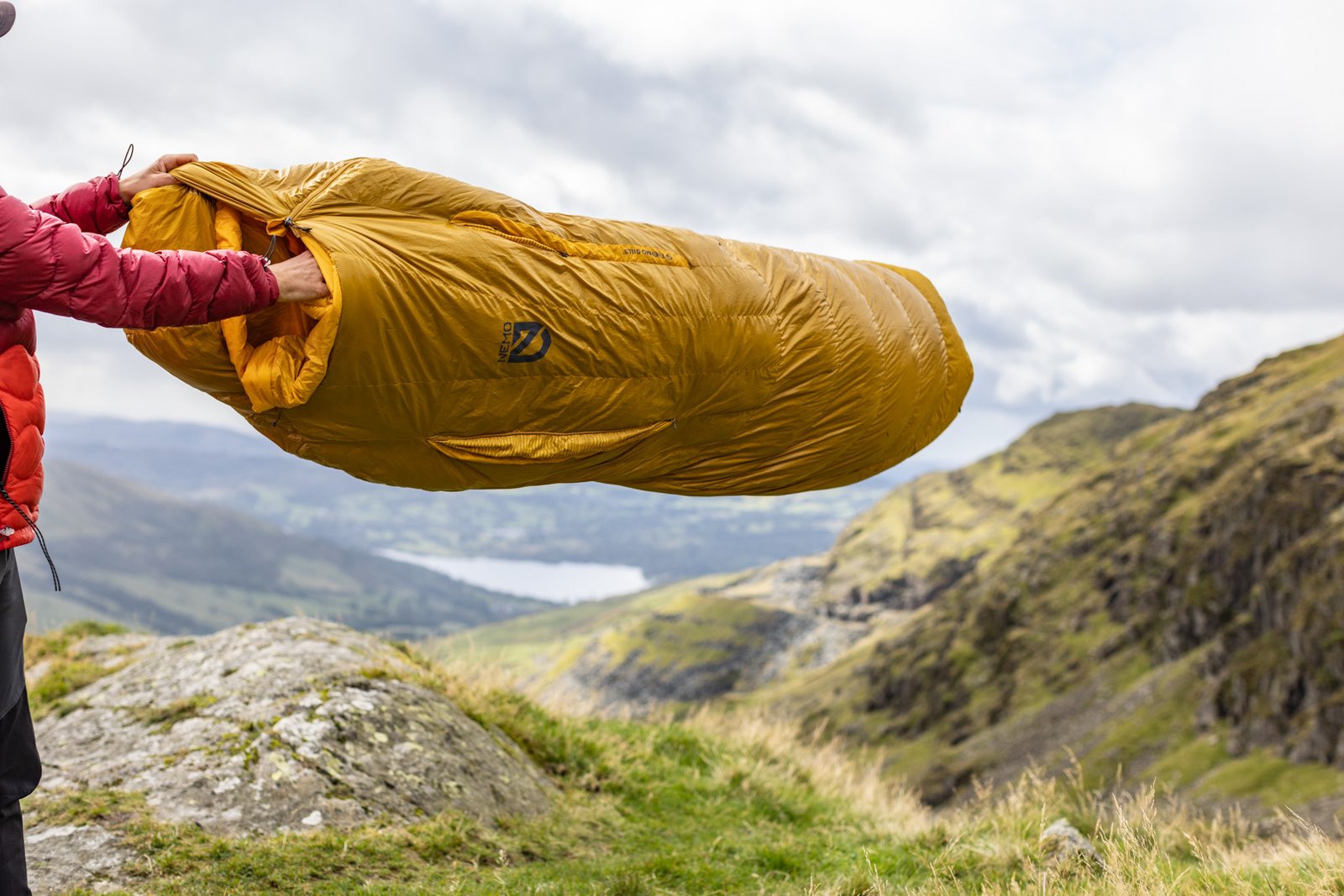This Content Is Only For Subscribers
In an industry long fueled by innovation, one of the quietest but most significant revolutions in outdoor gear is unfolding not on a mountain summit, but in the materials used to make—and unmake—the gear itself. The Endless Promise™ Collection by NEMO Equipment is setting a new benchmark in sustainability, and not just through recycled content or carbon offset pledges. It’s doing so by reengineering the entire lifecycle of a product, right down to its molecular design.
Single-Material Simplicity, Lifelong Impact
At the heart of the Endless Promise™ line is a deceptively simple concept with profound consequences: monomaterial construction. The entire collection—ranging from sleeping bags to technical packs—is built almost entirely from polyester. No zippers made of nylon. No straps of blended elastane. No adhesives that separate material layers.
Why does that matter? Because traditional outdoor gear is notoriously difficult to recycle. A typical sleeping bag, for instance, might contain five or six types of materials—polyester shell, nylon liner, metal zippers, synthetic insulation, elastic cords—all of which must be separated before any part can be reused. Most end up in landfills.
By using only polyester and designing for disassembly, the Endless Promise line enables gear to be recycled as a whole, creating a closed-loop system where yesterday’s sleeping bag becomes tomorrow’s.
This is not just a marketing pitch. The technology has undergone testing to ensure that materials maintain durability while also being easily processed through existing polyester recycling systems. According to NEMO’s internal lab results, products can retain performance integrity through several life cycles with minimal degradation of material quality.

A New Contract with the Consumer
But design is only half the equation. The other half is user participation. Each Endless Promise product includes a prepaid return label and a QR code. Scan it, and users are given clear options: repair, trade-in, or full recycling. That small design choice turns the customer into a partner in the brand’s environmental mission.
It’s a departure from the classic model of gear ownership. Instead of discarding damaged gear or relegating it to a dusty corner of the garage, users are empowered to close the loop—with no extra cost, no confusion, and no guilt.
From the field, response has been promising. At last year’s Outdoor Retailer Summer Market, the collection drew attention not only for its sustainability goals but also for its look and feel. These are not compromise products. Reviewers noted that the sleeping bags held their own against performance competitors in terms of thermal efficiency and packability.

Industry Perspective: A Shift Toward Circularity
From a journalist’s point of view, the Endless Promise initiative isn’t just a gear line—it’s a challenge to the broader outdoor industry. While many brands now boast about recycled content or carbon offsets, few are addressing the elephant in the tent: what happens when the product dies?
In 2023, the U.S. Environmental Protection Agency (EPA) reported that over 11 million tons of textiles ended up in landfills, a number that includes a growing share of synthetic outdoor gear.
That makes monomaterial gear more than an innovation. It’s a potential blueprint. If adopted widely, it could reduce waste at scale and rewrite the relationship between the outdoor industry and the environment it depends on.
Voices from the Trail
Among seasoned outdoor users, the reaction is largely optimistic—but pragmatic.
“This feels like the right step,” says Ben R., a long-distance hiker who’s logged over 6,000 trail miles in the last decade. “A lot of us hold onto gear way past its prime because we don’t want to throw it out. Having a system in place that lets you responsibly move on—it’s huge.”
Still, some raise questions about durability. “I want to believe in the mission,” says Lisa C., a Colorado-based ski mountaineer, “but only if it holds up in serious weather. Sustainability can’t come at the cost of safety or performance.” Early adopters, however, report that performance hasn’t been sacrificed—a sign that the promise may be more than marketing.
The Road Ahead
Circularity is not an easy path. It requires redesigning products, retraining consumers, and retooling supply chains. But NEMO’s Endless Promise Collection shows that it’s not only possible—it’s scalable.
As environmental pressures mount and consumers become more informed, this type of innovation may not just be a niche—it could become the new standard. And if the outdoor industry, rooted in reverence for the natural world, can’t lead the way on sustainability, who will?
In a marketplace often dominated by bigger, faster, lighter, the Endless Promise gear line quietly asks a different question: What if the most revolutionary gear isn’t what it does, but how responsibly it ends?



